Page 1
Tag: EIA
-

Report highlights hidden impacts of HFOs
The Environmental Investigation Agency (EIA) has released a report that explores the upstream and downstream impacts of HFOs, the latest generation of fluorinated refrigerants.
-
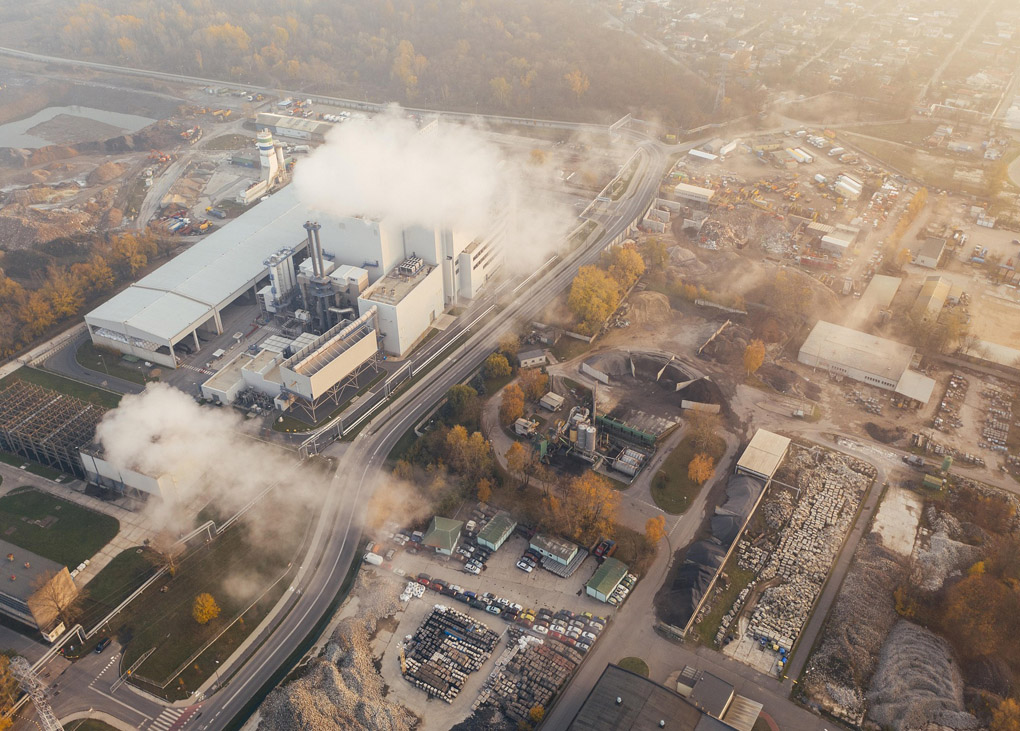
Report: China’s HFC emissions on the rise
A recent study has found that China’s hydrofluorocarbon (HFC) emissions represent more than 20 per cent of total global HFC emissions.
-
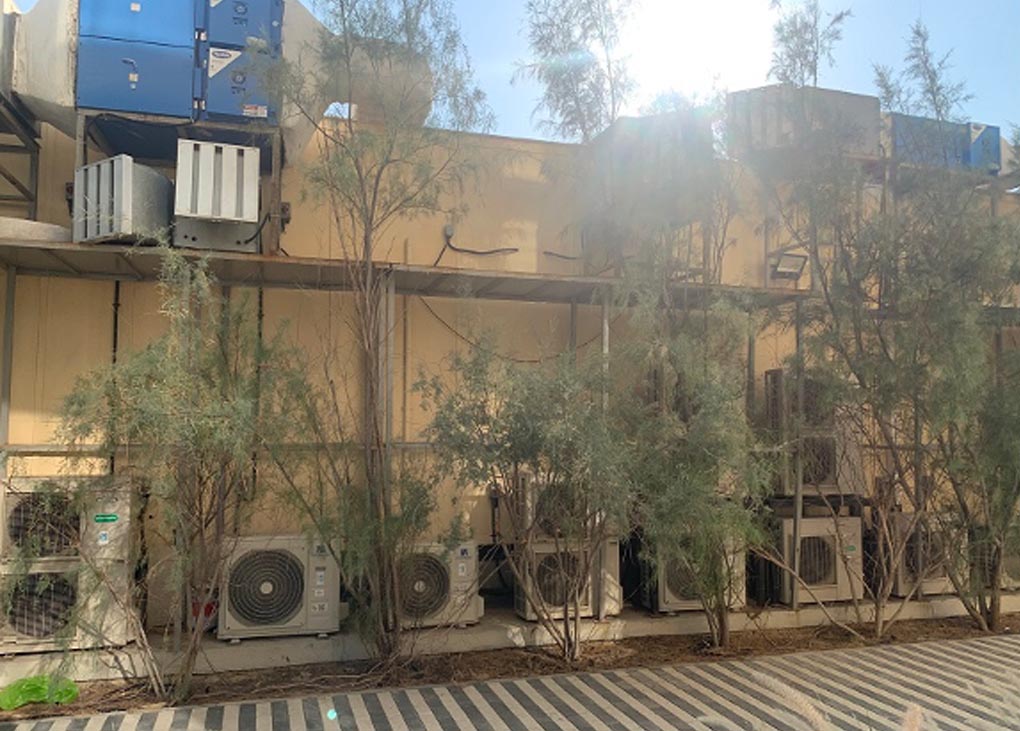
COP28 criticised for unsustainable cooling
The EIA has called out the organisers of COP28 for using air conditioners with “climate wrecking” HFC and HCFC refrigerants.
-
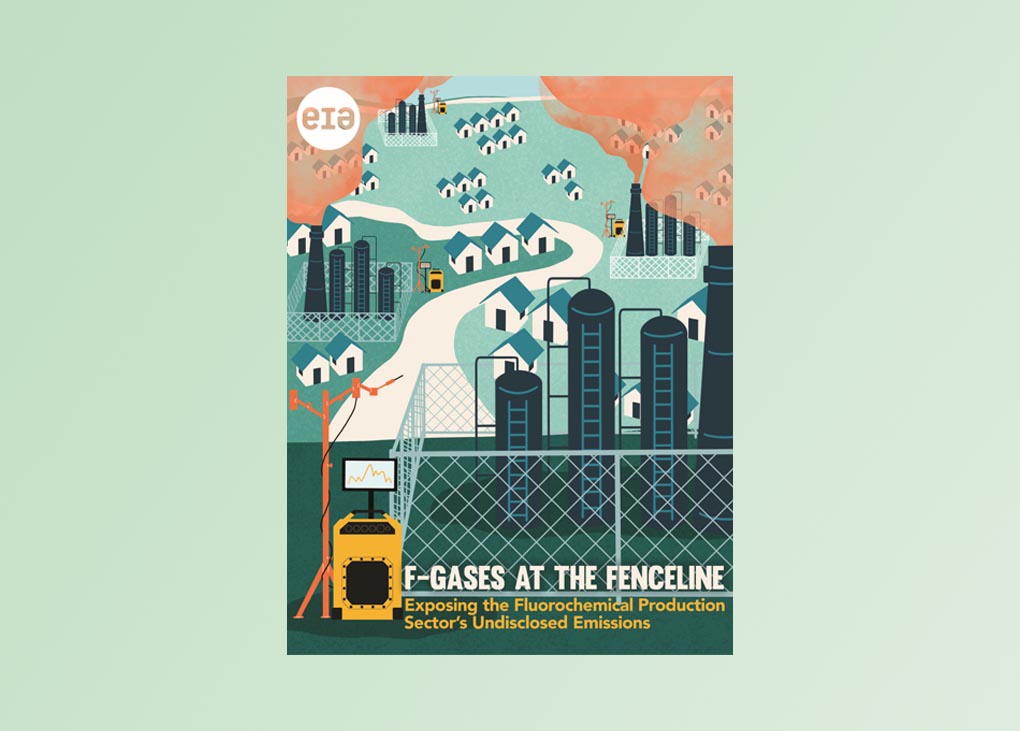
EIA flags rogue emissions at fluorochemical plants
The Environmental Investigation Agency (EIA) has released a report presenting evidence of high-GWP and ozone-depleting gases being emitted from two major fluorochemical facilities in the US. For the report, EIA investigators used an infrared detection device at the fencelines of two production facilities operated by Honeywell and Chemours in Baton Rouge, LA and Corpus Christi, […]
-

Pushing the private sector on sustainable cooling
The Environmental Investigation Agency US (EIA US) has released a new report calling for private sector commitments on cooling to be meaningful enough to tackle the climate crisis. EIA US says the suite of government contributions to curb greenhouse gas emissions alone are not enough to put the world on a path to limit warming to […]
-

US EPA proposes tighter HFC restrictions
The United States Environmental Protection Agency (EPA) has moved to restrict the use of many “super-pollutant” hydrofluorocarbons (HFCs) in new air conditioner and refrigeration systems, as well as in foams and aerosols. The proposal targets the use of HFCs above a certain global warming potential (GWP) and will require most new equipment to transition to lower-GWP […]
-

EIA and shecco publish Cooling Product List
The Environmental Investigation Agency (EIA) and natural refrigerants advocate shecco have teamed up to produce a consumer guide titled Pathway to Net-Zero: Cooling Product List. The EIA says the guide is aimed at helping companies cut their collective carbon footprint by providing a selection of products across all major cooling sectors, with a focus on […]
-

Chemours pledges to reduce HFC-23 emissions
Global chemistry company and refrigerant producer Chemours has announced a project to significantly reduce emissions of HFC-23 at its Louisville, Kentucky (US) manufacturing site. HFC-23 is a potent greenhouse gas with a 100-year global warming potential (GWP) of 12,400 – many times greater than most refrigerants used today. It is a by-product of producing R22, […]
-

Supermarket refrigerant leaks caught on camera
The Environmental Investigation Agency (EIA) has released the details of an investigation into refrigerant leakage in US supermarkets. The project, aimed at raising mainstream awareness of refrigerant management issues, is titled “Leaking Havoc” – and the results are indeed alarming. EIA investigated dozens of supermarkets in the District of Columbia, Virginia, and Maryland using portable […]
-

Vote imminent on flammable standard
The votes are set to be counted on an updated international safety standard that would allow increased charge sizes of flammable refrigerants in household air conditioners, heat pumps and dehumidifiers. The proposal has sparked discussion in the world of HVAC&R. Although it would apply to A2, A2L and A3 refrigerants, the proposal has been framed […]
-
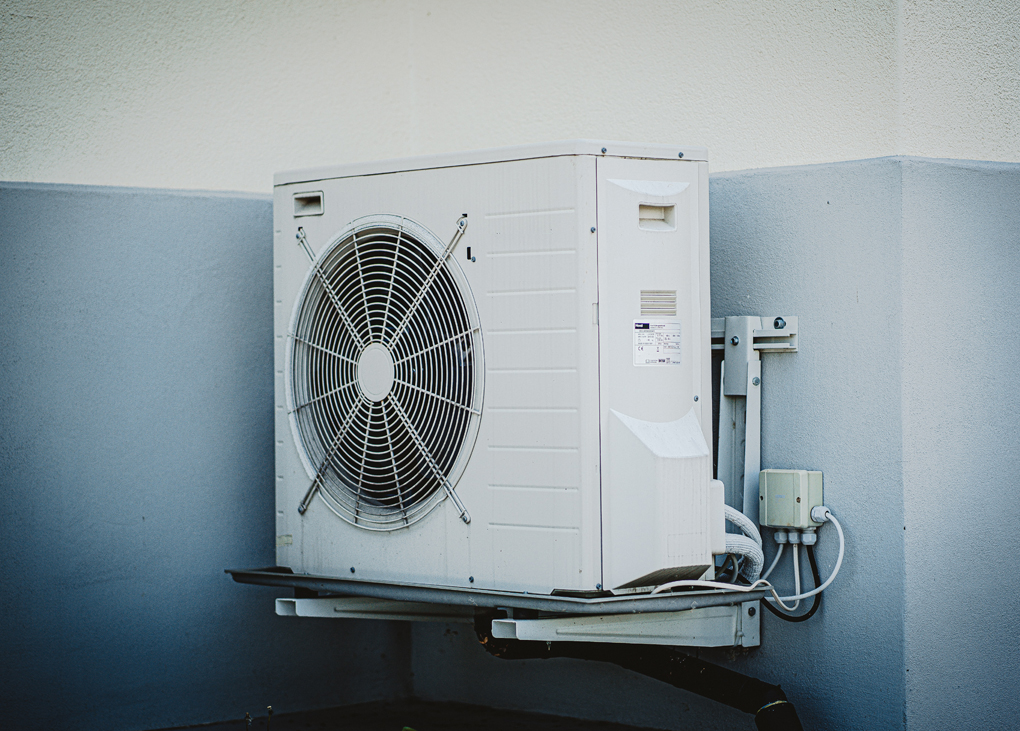
Webinar on possible updates to flammable charge limits
“Cool & Safe: Climate-friendly cooling is just one step away” is a free one-hour webinar on September 30 about the proposed update to the international standard for the use of flammable refrigerants in room air conditioners. It is organised by Environmental Action Germany and independent consulting firm HEAT, in cooperation with German development agency GIZ […]
-

Flammable charge limits on the move again
Charge sizes for flammable refrigerants in HVAC&R equipment are changing with a proposal to raise international limits for room air conditioners, and the adoption of a new standard in Australia for refrigeration appliances. An International Electrotechnical Commission (IEC) working group has released a proposal to update safety standard IEC 60335-2-40. This would allow larger amounts […]
-
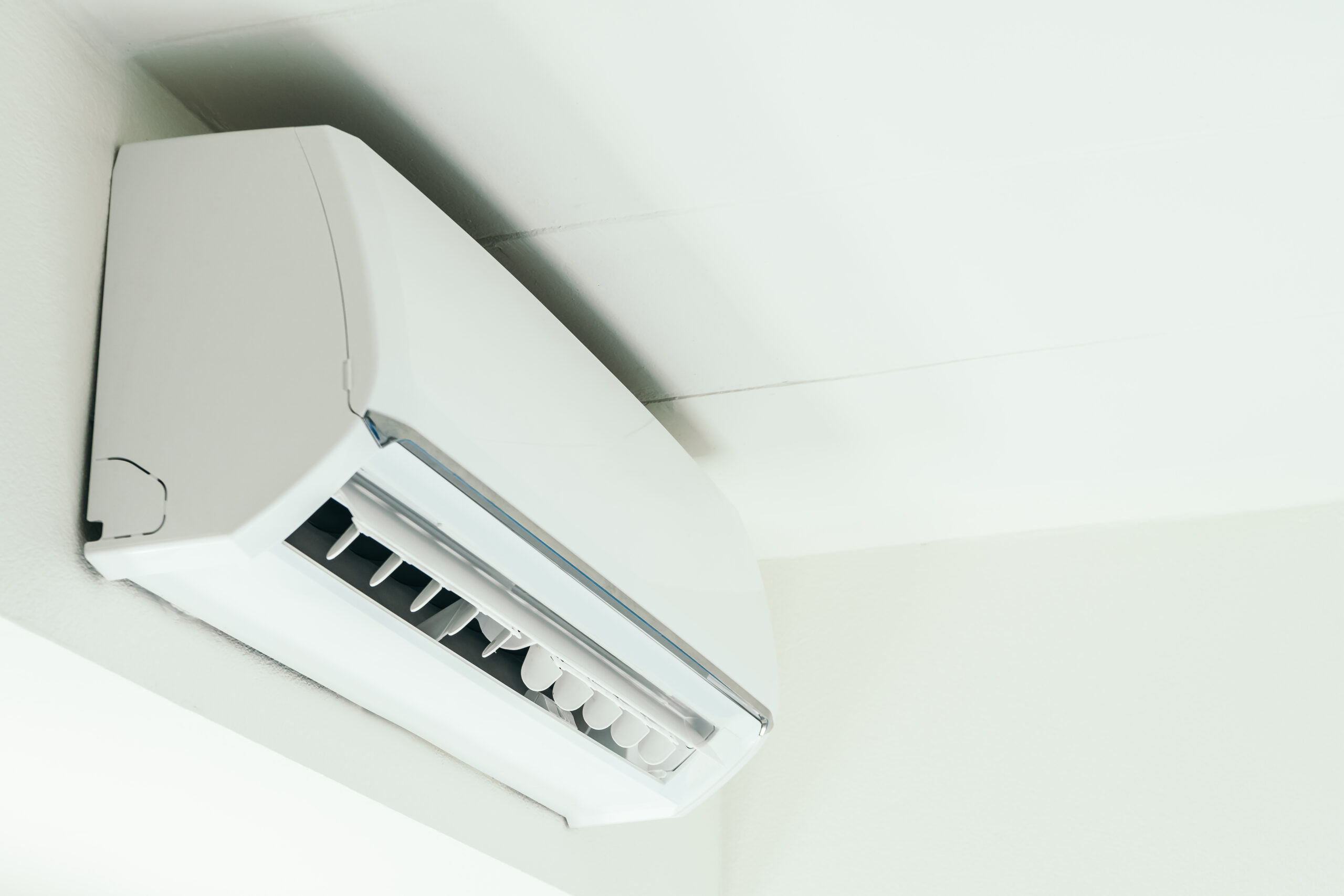
EIA calls for ban of HFCs in split systems
The Environmental Investigation Agency (EIA) has renewed its call for hydrofluorocarbons (HFCs) to be banned in domestic air conditioners, with the claim that a switch to hydrocarbons could prevent harmful emissions equal to 1,400 coal-fired power stations running for a year. New research commissioned by the EIA found that making the change could avoid 5.6 […]
-

New study raises concerns over HFOs
Research co-led by York University and Environment and Climate Change Canada has unearthed new evidence about the impacts of hydrofluoroolefins (HFOs) on the environment. HFOs have been positioned by some as the future of synthetic refrigerants. They have zero ozone-depleting potential and break down very quickly in the atmosphere, resulting in very low global warming […]
-

China to tackle HFCs
China has proposed a national plan to deal with hydrofluorocarbons (HFCs). The plan recommends adjusting the existing regulations dealing with Ozone Depleting Substances (ODS) to cover HFCs, and to strengthen monitoring and enforcement of existing measures. It also proposes adding HFCs to existing regulations consistent with implementation of the Kigali Amendment, including a quota system […]
-

A 100 billion tonne opportunity
The Environmental Investigation Agency (EIA) has released a report highlighting the enormous refrigerant bank worldwide, and environmental benefits of managing it properly. Search, Reuse and Destroy describes a range of measures to manage the global refrigerant bank, particularly the ozone depleting substances (ODS) and hydrofluorocarbons (HFCs) contained in existing equipment, chemical stockpiles, foams and other […]
-
CFC-11 still being used illegally
Earlier this year, reports emerged of a “mysterious” rise in CFC-11 (trichlorofluoromethane) quantities in the atmosphere. This was surprising, because CFCs had been phased out by the Montreal Protocol due to their harmful effect on the ozone layer, and were thought to be virtually extinct. Now, a new report from the Environmental Investigation Agency (EIA) […]